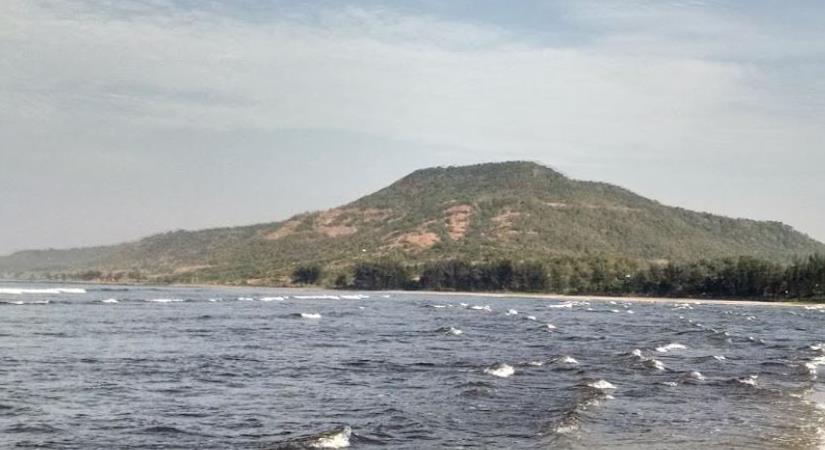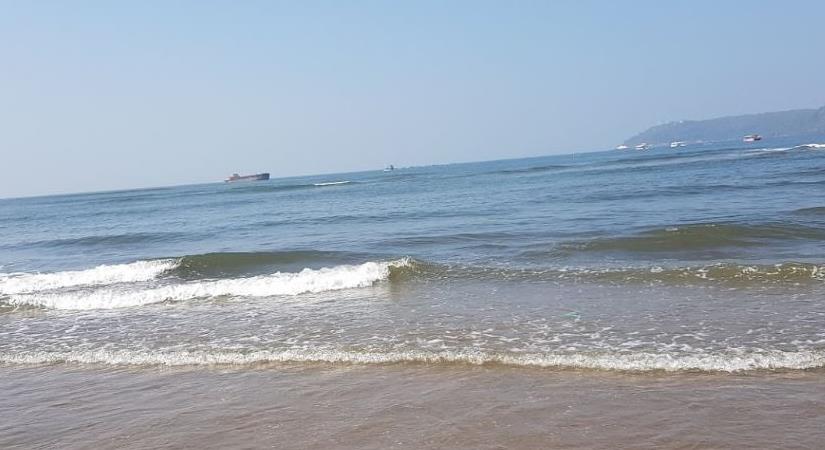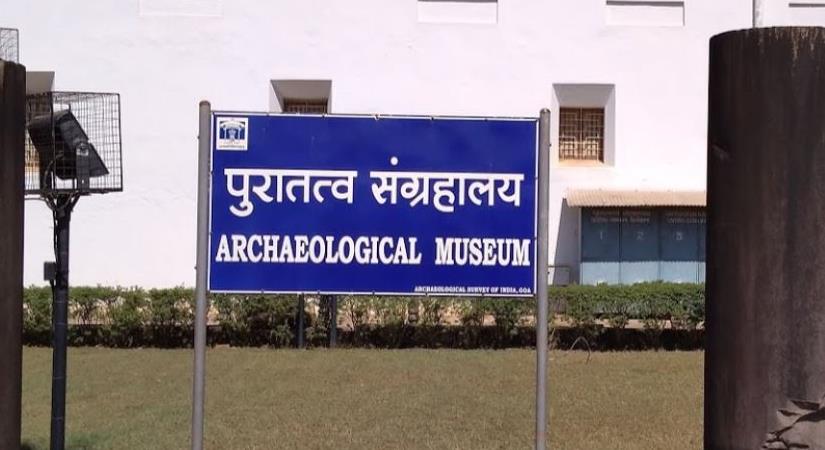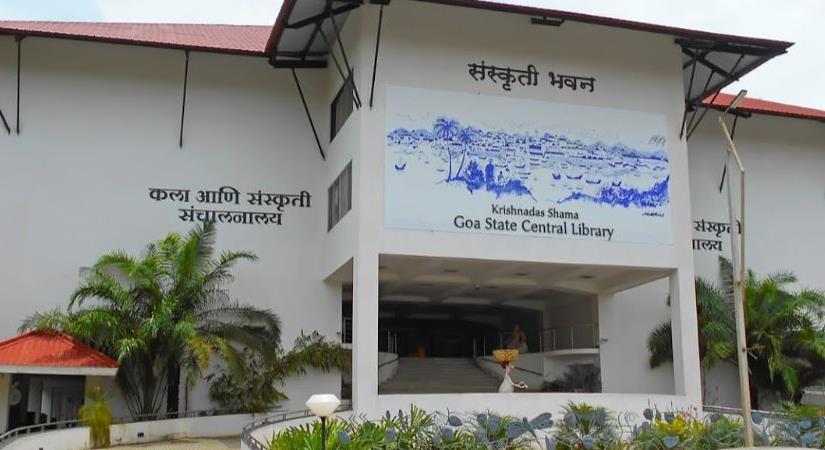Murud-Janjira is the local name of a famous fort and tourist spot situated on an island just off the coastal town of Murud, in the Raigad district of Maharashtra.
But before you get too excited, let’s talk about the ferry ride. It’s like a game of Tetris, except with people. They’ll stuff you in like sardines and forget about providing life jackets. When you ask for one, they’ll probably tell you they don’t have any. So, hold on tight and pray that you don’t fall into the deep blue sea.
Once you reach the fort gate, get ready to channel your inner athletics’ skills. You’ll have to jump from the boat onto the wet steps of the fort. It’s extremely risky and can lead to a broken foot if you’re not careful. So, this adventure is not recommended for senior citizens or children. But if you’re up for a challenge, then go ahead and give it a try.
Now, let’s talk about the history of this magnificent fort. It all started back in the 15th century when some local fishermen built a small wooden fort called Medhekot to save themselves and their families from pirate attacks. Fast forward to the 17th century, and after massive renovations by Piram Khan’s successor, Burhan Khan, the fort was named Jazeere Mahroob Jazeera. It was later shortened to Janjira, which means island.
As you explore the fort, you’ll notice 19 bastions still standing to this day, reflecting their glorious past with pride. The main attractions of the fort are the three colossal canons called Kalal Bangadi, Chavri and Landa Kasam. These canons, made of a mixture of five metals, were once able to shoot as far as 12 kilometers into the sea. In its heydays, it had over 570+ cannons. Talk about firepower!
But wait, there’s more! The fort has two significant doorways. The main entrance faces the jetty, which is flanked with motifs of mighty animals. On one side, there were six elephants trapped by one tiger in its claws, and on the other side, two giant elephants were locking tusks as two lions stood at the side. It’s like a scene from the Animal Kingdom!
The Murud Janjira Fort may not be well-preserved, but it’s still worth a visit. Just be prepared to pay a lot of money for the experience. You’ll need to cough up 250 rs for the gram panchayat entry fee, 200 rs for parking, 80 rs for the ferry, and 25 rs for the fort entry fee. But trust us, it’s worth every penny.
So, what are you waiting for? Put on your adventurous hat and head to the Murud Janjira Fort for a thrilling experience. But remember, hold on tight, channel your inner parkour skills, and pray to the travel gods for a safe and exciting journey.
Visitors can gain access to the Janjira fort from Rajapuri, a small village on the coast. After a short ride in a small boat, one can enter the fort through the main entrance. The fort is oval shaped instead of the usual oblong or square shape. The fort wall is about 40 feet high and has 19 rounded porches or arches, some of which still have cannons mounted on them, including the famous cannon Kalaal Baangadi. These cannons were largely responsible for repelling oncoming enemies from the sea. Inside the fort walls are the ruins of a mosque, a palace and bath with water channeled from streams, evidence that royal ladies occupied the quarters. A deep well, still functional, provides fresh water despite the fort being surrounded by salt water.
On shore is a luxurious cliff-top mansion, the Palace of the Nawab. Built by the former Nawab of Janjira, it commands a panoramic view of the Arabian sea and the Janjira sea fort.
According to another record,[vague] the Abyssinian Sidis established the Janjira and Jafarabad state in early 1100.
Archaeological Survey of India noticeboard at fort entrance
According to accounts written by the Portuguese Admiral Fernão Mendes Pinto, the Ottoman fleet that first arrived in Aceh prior to the Ottoman expedition to Aceh led by Kurtoğlu Hızır Reis included 200 Malabar sailors from Janjira to aid the region of Batak and Maritime Southeast Asia in 1539. Later, in 1621, the Siddis of Janjira became exceptionally powerful as autonomous state to the point that the commander of Janjira, Siddi Ambar the Little, successfully defied his overlord Malik Ambar’s attempt to replace him. Siddi Ambar the Little is accordingly considered the first Nawab of Janjira state.
The island fortress was under control of Adil Shahi dynasty until the reign of Ibrahim II where Janjira fort was lost to the Siddis.
Major historical figures from Murud-Janjira include men such as Sidi Hilal, Yahya Saleh and Sidi Yaqub. During the rule of Sultan Aurangzeb, Sidi Yaqut received a subsidy of 400,000 rupees. He also owned large ships which weighed 300–400 tons. According to the record these ships were unsuitable for fighting on the open sea against European warships, but their size allowed for transporting soldiers for amphibious operations.
Despite their repeated attempts, the Portuguese, the British and the Marathas failed to subdue the power of the Siddis, who were themselves allied with the Mughal Empire. For example, 10,000 soldiers from Moro Pandit were repulsed by Janjira’s army in 1676. The Marathas led by Chhatrapati Shivaji Maharaj attempted to scale the 12-meter-high (39 ft) granite walls; he failed in all his attempts. His son Chhatrapati Sambhaji maharaj even attempted to tunnel his way into the fort but was unsuccessful in all his attempts. He built another sea fort in 1676, known as Padmadurg or Kasa fort, to challenge Janjira. It is located northeast of Janjira. Padmadurg took 22 years to build and is constructed on 22 acres of land.
The small pond inside Janjira fort
In the year 1736, Siddis of Murud-Janjira set out in a battle with the forces of Maratha Peshwa Baji Rao. On 19 April 1736, Maratha warrior Nanaji Surve and Chimaji Appa attacked the gathering forces in the encampments of the Siddis near Rewas. When the confrontation ended, 1,500 Siddis, including their leader Siddi Sat, were killed. Peace was concluded in September 1736, but the Siddis were confined to only Janjira, Gowalkot, and Anjanwel, thus their power greatly reduced. However, Janjira remained unconquered until it became part of Indian territory after independence from the British in 1947.





